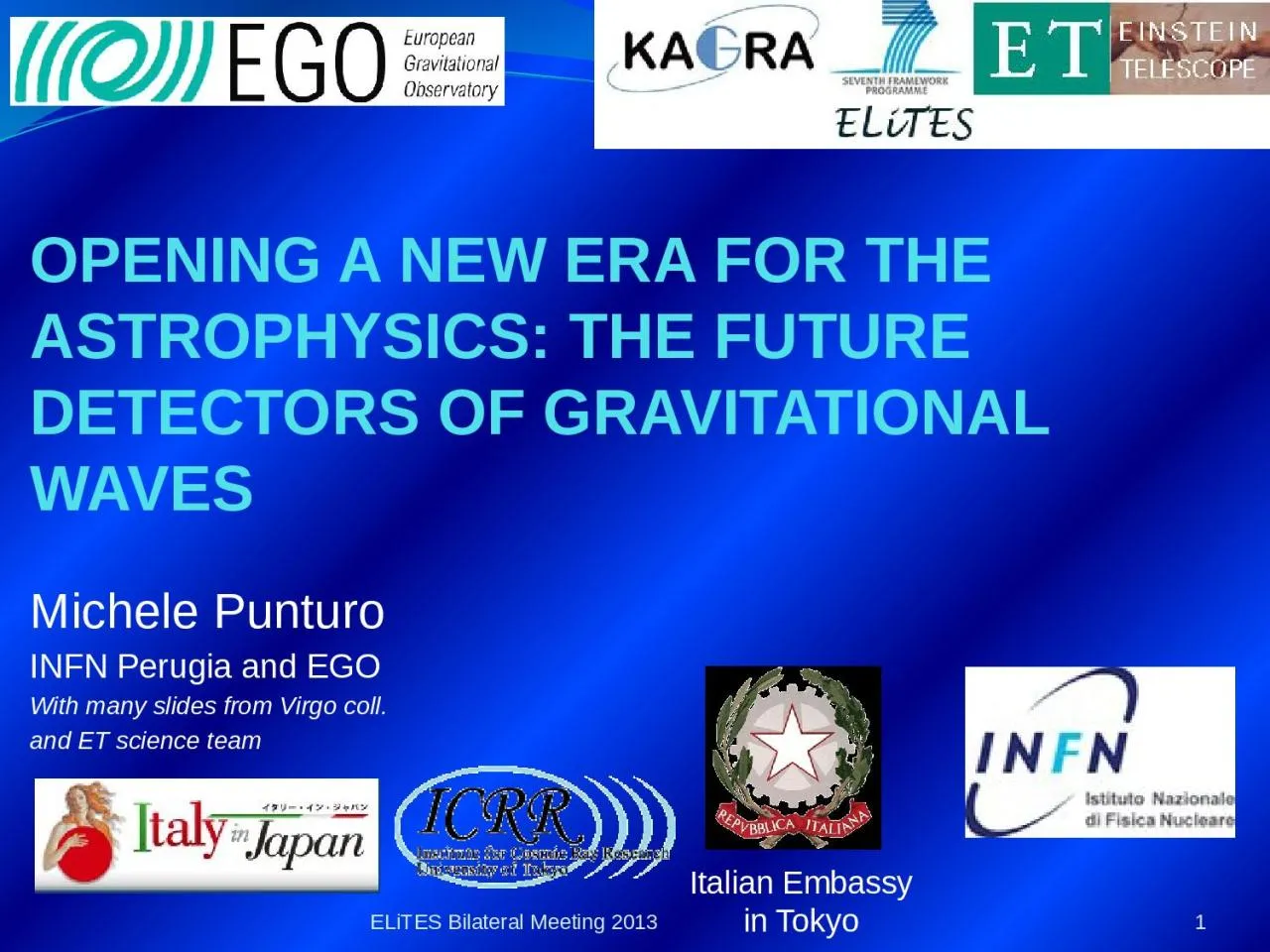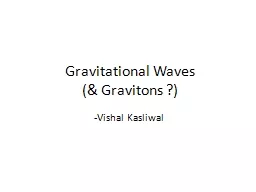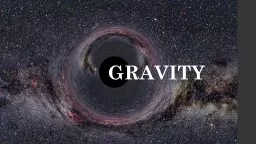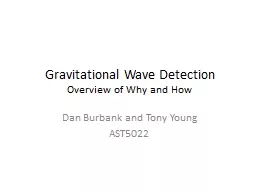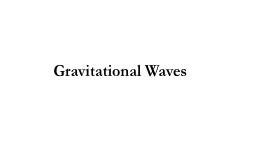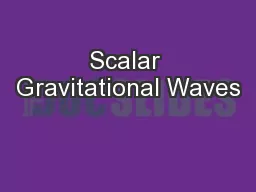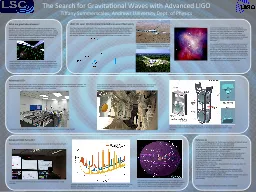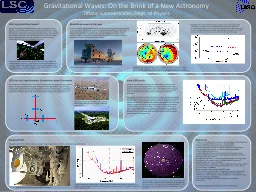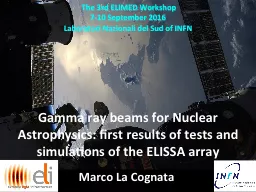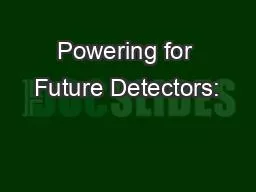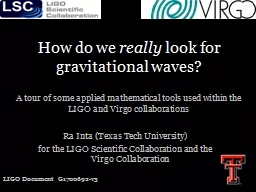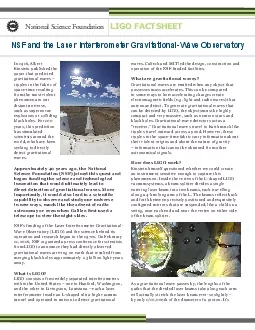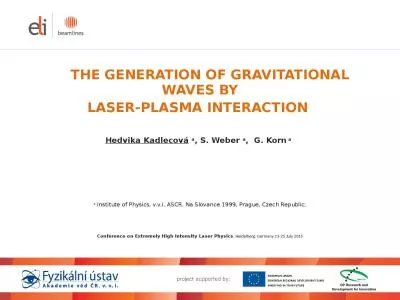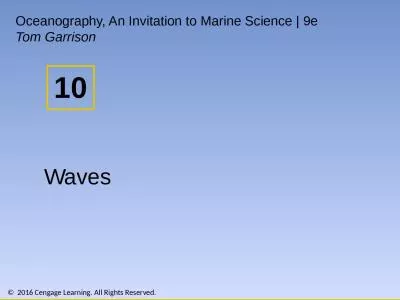PPT-OPENING A NEW ERA FOR THE ASTROPHYSICS: THE FUTURE DETECTORS OF GRAVITATIONAL WAVES
Author : martin | Published Date : 2022-05-31
Michele Punturo INFN Perugia and EGO With many slides from Virgo coll and ET science team Italian Embassy in Tokyo 1 ELiTES Bilateral Meeting 2013 Why this workshop
Presentation Embed Code
Download Presentation
Download Presentation The PPT/PDF document "OPENING A NEW ERA FOR THE ASTROPHYSICS: ..." is the property of its rightful owner. Permission is granted to download and print the materials on this website for personal, non-commercial use only, and to display it on your personal computer provided you do not modify the materials and that you retain all copyright notices contained in the materials. By downloading content from our website, you accept the terms of this agreement.
OPENING A NEW ERA FOR THE ASTROPHYSICS: THE FUTURE DETECTORS OF GRAVITATIONAL WAVES: Transcript
Download Rules Of Document
"OPENING A NEW ERA FOR THE ASTROPHYSICS: THE FUTURE DETECTORS OF GRAVITATIONAL WAVES"The content belongs to its owner. You may download and print it for personal use, without modification, and keep all copyright notices. By downloading, you agree to these terms.
Related Documents

